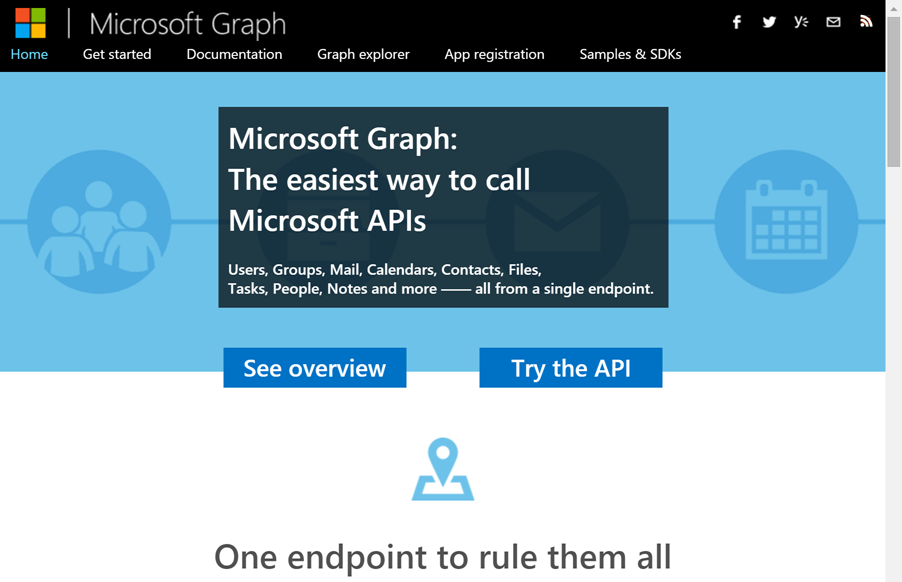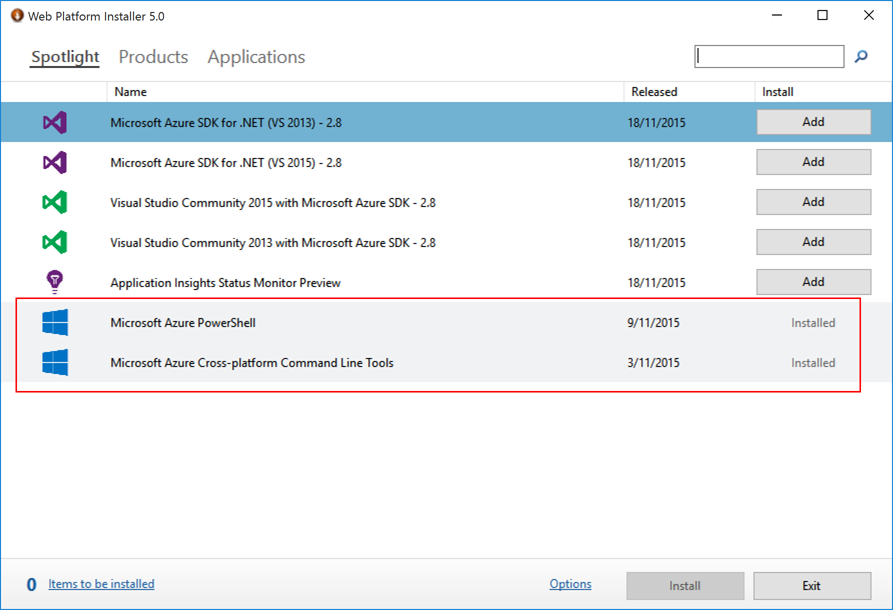Managing AD Terminal Services Configuration with FIM / MIM using the Granfeldt PowerShell Management Agent
Forefront / Microsoft Identity Manager contains numerous Management Agents (MA’s) out of the box. However an MA for managing AD Terminal Services user configuration isn’t one of them. And at first pass you’d think you could just manipulate a few attributes in AD on an AD MA like you do for home directories (aside from creating the file and permissions on the filesystem) and you’d be done. Don’t worry, I made that wrong assumption too.
Overview
In this blog post I’ll document how you can enable Active Directory users with the necessary attributes and file system elements utilising Søren Granfeldt’s extremely versatile PowerShell Management Agent.… [Keep reading] “Managing AD Terminal Services Configuration with FIM / MIM using the Granfeldt PowerShell Management Agent”



 by
by 